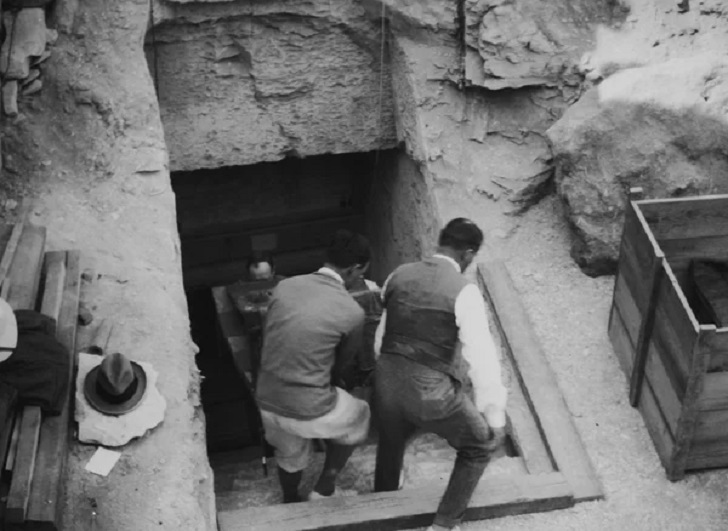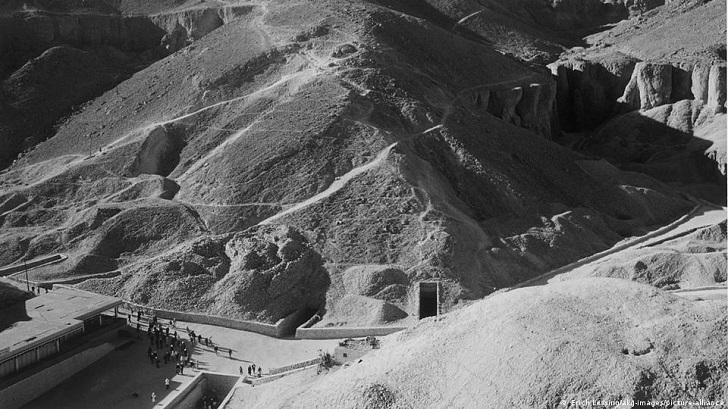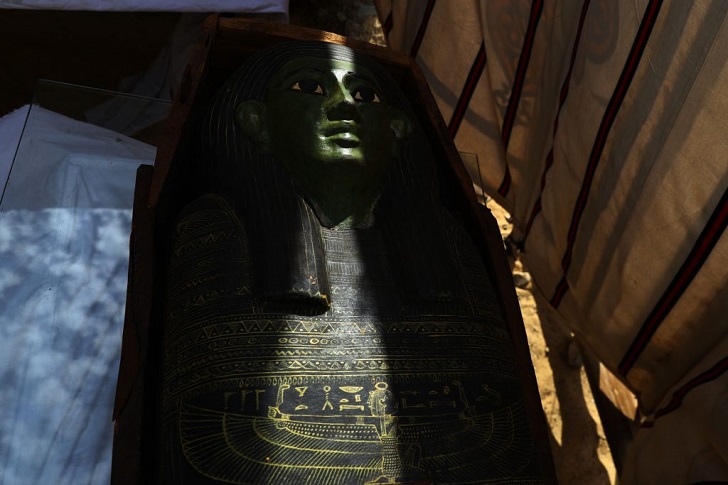Howard Carter had excavated for six years in the so-called Valley of the King’s region of Egypt in quest of the tomb of the famous young king Tutankhamun – but without success. Carter had one more opportunity to find the vault before his backer, the Earl of Carnarvon, became impatient.
Then, a local youngster, Hussein Abd el-Rassul, who delivered water to the workmen, struck a stone step beneath the debris. Carter enjoyed telling the story that the youngster had poked about with a stick to imitate European archaeologists. According to him, he impacted the stone surface during the procedure.

Recent discoveries
After a century since the discovery of King Tutankhamun’s tomb, investigators continue to find treasures — and controversy. The discovery of King Tut’s tomb on November 4, 1922, is regarded as one of the most modern archaeological discoveries. However, archaeologists continue to believe that many remains are to be uncovered.
Archaeologists have lately discovered coffins, papyrus writings, and other items at the Saqqara site in Giza, near the country’s capital. It is thought that the artifacts belonged to another pharaoh, King Teti, as well as King Tut’s generals and advisors. Hawass told NBC that the items would be displayed in the Grand Egyptian Museum in Giza, which is slated to open next year despite experiencing several delays.
It is anticipated that the new museum will be the largest archaeological museum in the world. It affords views of the Great Pyramid of Khufu and the Pyramid of Menkaure.

The curse of the pharaoh
Tutankhamun was not a strong pharaoh during his lifetime. Today, his name is known worldwide. Today, KV62, the technical designation for his burial (where KV stands for King’s Valley), remains a popular tourist destination. Unlike the valuables discovered within, the sarcophagus containing the pharaoh’s mummified remains still lies in the tomb. On its walls, stunning murals depict Tutankhamun’s life and death.
The legend of the so-called pharaoh’s curse, which he used to guard his tomb against invaders, still terrifies him. Shortly after the rooms were unveiled, Carter’s client Lord Carnarvon died, and other members of the archaeologist’s entourage also perished in strange circumstances. This further exacerbated media panic, notwithstanding Carter’s denial that the claimed curse existed.

Did Carter steal the artifacts from the site?
An Egyptology expert asserts that British archaeologist Howard Carter, who supervised the initial excavation of King Tut’s tomb, may have taken jewels belonging to the child king. This assertion coincides with the anniversary of the discovery.
According to Live Science, Professor Marc Gabolde of the Paul-Valéry University of Montpellier in France utilized photographs taken when King Tut’s tomb was first found to demonstrate that fragments of a collar worn by the pharaoh matched those up for auction and in museums. Parts of the collar are on show in a museum in Kansas City, Missouri, while beads from the tomb of Tutankhamun are on display at a museum in St. Louis.
